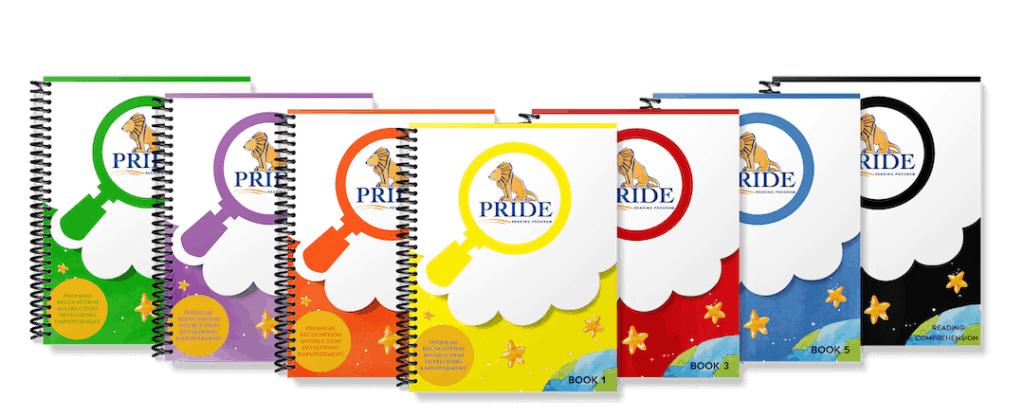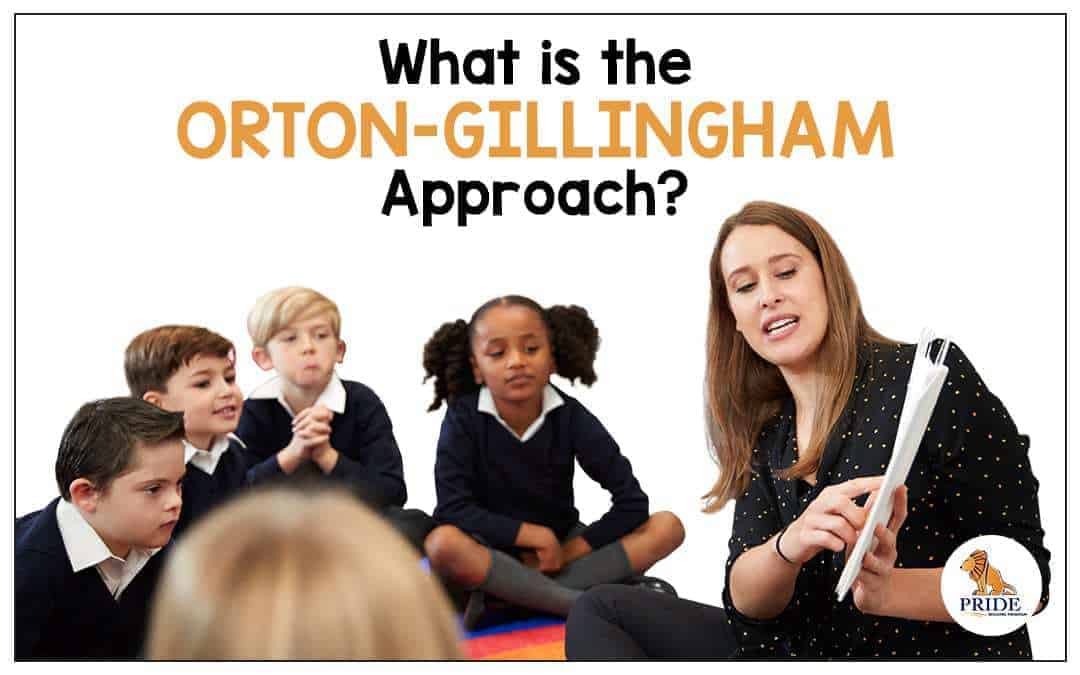The Orton-Gillingham approach is a method that is used to teach children with dyslexia, auditory processing, speech difficulties and other learning differences. It is the very best evidence-based reading instruction for remediating reading, writing and spelling difficulties. On today’s post I am going to give you a brief explanation of what the Orton-Gillingham approach is all about.
The History of Orton-Gillingham
Over a century ago, a neuropsychiatrist named Dr. Samuel Orton did a lot of research on children with language processing disorders. He was fascinated with how to help these children learn best. An amazing teacher and psychologist named Anna Gillingham, used his research in her reading instruction. Together they came up with the Orton-Gillingham Approach. This approach was a gigantic contribution to the advancement of literacy skills.
It is really quite remarkable that a reading approach developed in the 1930s is still one of the most reliable methods for teaching students with learning differences today.
[et_bloom_inline optin_id=”optin_4″]
Orton-Gillingham is Structured, Sequential and Cumulative
Each lesson in the Orton-Gillingham approach is highly structured. The lessons are taught in a planned sequence which keeps the children focused on the targeted skill. Each phoneme (sound) in the English language is taught in isolation with repetition and enough time in between each skill for learning and mastery. This includes reviewing and integrating past lessons.
The children do not progress to the next skill until the current lesson is mastered. As the children learn new material, they continue to review old material until it is stored into the child’s long-term memory. Reading and spelling are taught simultaneously.
You can watch a sample Orton-Gillingham Lesson in Action:
Orton-Gillingham is Multisensory
Multisensory means that a child learns a skill using all pathways. These include hearing (auditory), seeing (visual), touching (tactile) and moving (kinesthetic).
When learning the short vowel ‘e’ for example, the child might first look at the ‘e’ on a picture of an elf, then close his/her eyes and listen to the sound, then trace the letter in the air while speaking aloud. This combination of listening, looking, and moving around creates a lasting impression for the child as things will connect to each other and become memorable.
For some Multisensory reading activities, check out my previous posts:
Multisensory Reading Activity: Beach Ball Toss
Orton-Gillingham uses Systematic Phonics
Understanding that individual sounds are represented by letters or groups of letters and the ability to use those sounds to decode words is what the National Reading Panel refers to as systematic phonics.
Orton-Gillingham uses systematic phonics, beginning with the alphabetic principles in the initial stages of reading development and advancing to more complex principles as the students progress. It teaches that words are made up of individual speech sounds, and the letters of written words graphically represent each of these speech sounds. Systematic phonics is a key component to reading because If a student can decode, they can comprehend.
If you would like to see a sample scope and sequence for teaching the Orton-Gillingham approach, you can view one here:
I Have a Resource For You!
Thank you for reading my post today. You might also enjoy reading my previous posts:
How is Orton-Gillingham Evidence-Based Reading Instruction?
The Reading Curriculum that can Change Everything for your Struggling Homeschooler
Please don’t leave without checking out the PRIDE Reading Program. The PRIDE Reading Program is an Orton-Gillingham curriculum that is used by teachers, tutors, and homeschooling parents worldwide with great success.


Karina Richland, M.A., is the author of the PRIDE Reading Program, a multisensory Orton-Gillingham reading, writing and comprehension curriculum that is available worldwide for parents, tutors, teachers and homeschoolers of struggling readers. Karina has an extensive background in working with students of all ages and various learning modalities. She has spent many years researching learning differences and differentiated teaching practices. You can reach her by email at info@pridereadingprogram.com or visit the website at www.pridereadingprogram.com

